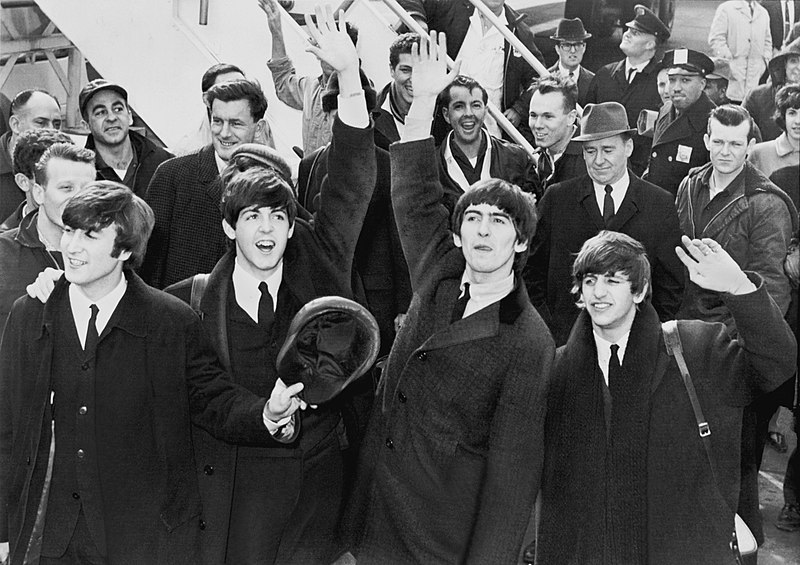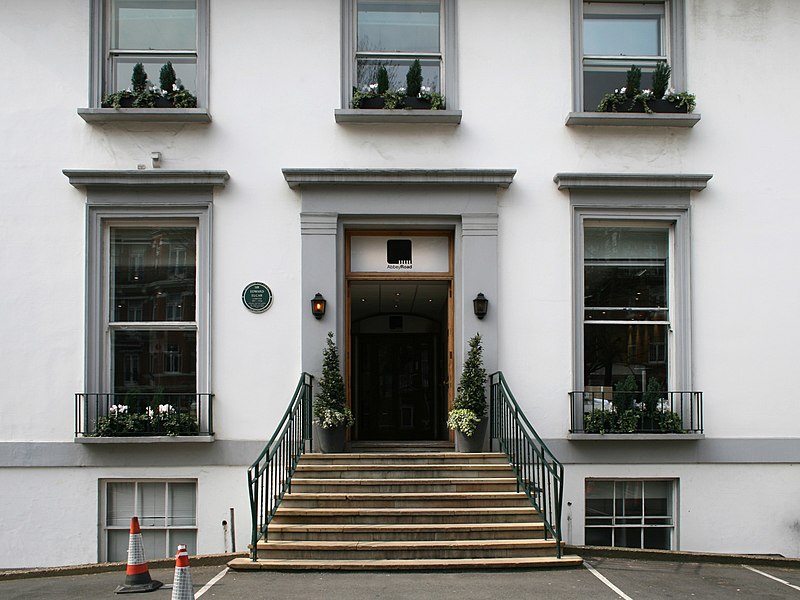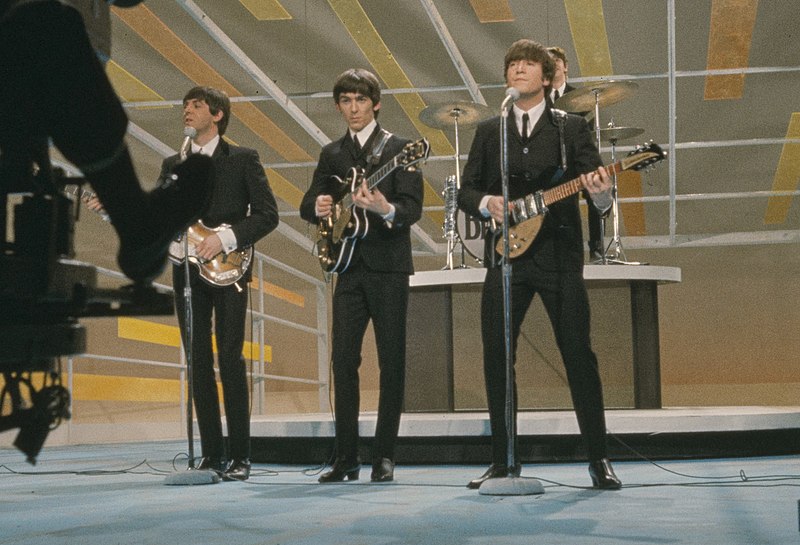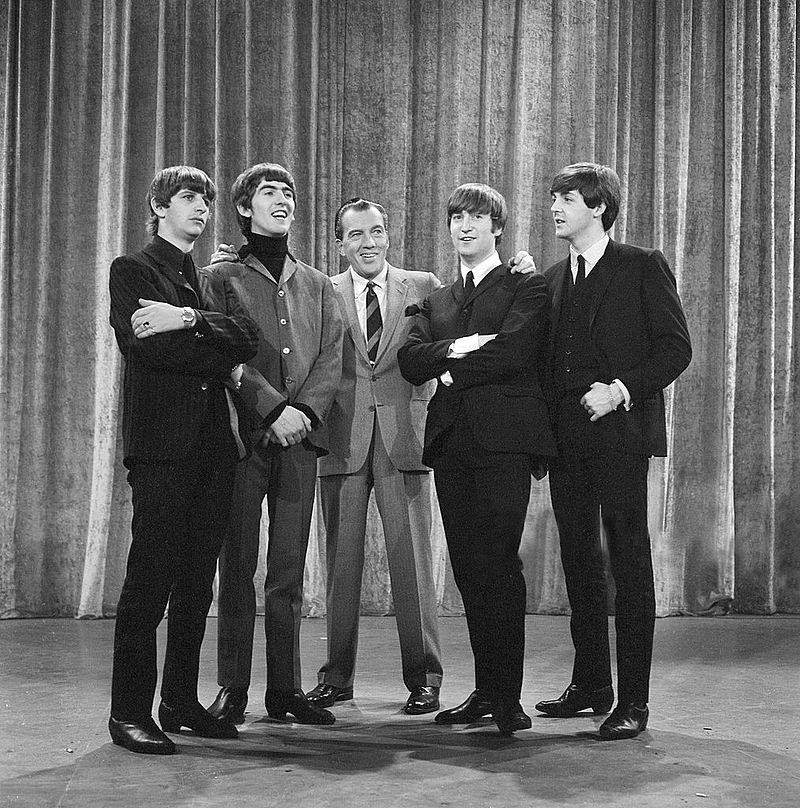If there was one particular time period that was very influential in the music industry, many people would say that it would be the 1960s. While there were many great bands and musical artists that became popular in the 1960s, there were no musical acts that were as iconic as the Beatles. In fact, the Beatles even had their own craze or phenomenon called “Beatlemania.” Who are the Beatles? And what was Beatlemania? Let us find as we take a look at the career of the Beatles in the 1960s and how they became one of the most successful bands of the said era.
The Origins of the Beatles
The band began when fifteen-year-old Paul McCartney saw sixteen-year-old John Lennon play music with his band during a performance in 1957. Lennon’s band was formerly known as the Blackjacks, but they eventually changed it to the Quarrymen after finding out that another group was using their former name. McCartney would join as a rhythm guitarist of the band in 1957, and he would later invite his friend George Harrison to watch the band’s performance. Harrison would audition as the lead guitarist of the band by playing the instrumental song “Raunchy” while on the upper deck of a bus in Liverpool.
In 1959, Lennon, McCartney, and Harrison would continue playing in a new band called Johnny and the Moondogs. Because they didn’t have a permanent drummer, they would just play whenever they could find a drummer from another band that is free to perform with them. They later hired Stuart Sutcliffe, Lennon’s friend at the Liverpool College of Art, as the band’s bassist.
It was Sutcliffe who suggested that they change the name of the band to the “Beatals,” as a tribute to Buddy Holly and his band called the Crickets. Sutcliffe came up with the name since it is also referencing an insect, the beetle. [1] The band would have numerous name changes, like “Silver Beetles” and “Silver Beatles,” before finally settling with “The Beatles” in August 1960.
In August 1960, they would hire Pete Best as the drummer of the band. With the help of their unofficial manager, Allan Williams, they would have a residency in Hamburg by 1960. In Hamburg, the Beatles played in a couple of clubs, such as the Indra Club, Keiserkeller, and the Top Ten Club.
They would return to Liverpool in 1961, and they would frequently play at the now-infamous Cavern Club, where they would meet the person that would change their musical careers, Brian Epstein. Epstein would be the manager of the Beatles from 1962 until his death in 1967. Sutcliffe would leave the band in July 1961 in order to pursue his studies. McCartney would take over the bass duties after Sutcliffe’s exit.
Before the Mania
In April 1962, while in Germany, the Beatles were informed about the news of Sutcliffe’s death from a brain hemorrhage. While the members of the band were distraught by the news, they had no choice but to continue with their gigs while Epstein was trying to negotiate with record labels about a recording contract for the Beatles.
Decca Records, a recording studio located in West Hampstead, London, rejected the Beatles, saying that “guitar groups” weren’t trendy anymore. But three months after the rejection, Epstein was able to land a deal for the Beatles with EMI’s Parlophone label. It was a producer named George Martin who made the deal with the record label possible. [2]
George Martin’s first recording session with the members of the Beatles occurred on June 6, 1962, at the EMI Recording Studios (which would later be known as Abbey Road Studios). During the session, Martin complained about Best’s subpar drumming and wanted the band to replace him. Best would be dismissed from the band and would be replaced in August 1962 by Ringo Starr, who recently left another band called Rory Storm and the Hurricanes.
Beatlemania
The Beatles steadily gained popularity in 1963 with the release of popular singles like “She Loves You” and “Please Please Me.” By October of the said year, the media in the United Kingdom already coined the term “Beatlemania” to refer to the phenomenon where the Beatles were experiencing a sudden surge in popularity in the country.
The Beatles became known around the United Kingdom by appearing on Sunday Night at the London Palladium, the top variety show in the country. The Beatles’ performance at the show was watched by more than 15 million viewers. At the beginning of 1964, the Beatles embarked on a world tour that was filled with sold-out concerts and high-pitched screaming from female fans.
The start of Beatlemania in the United States occurred in February 1964, when the Beatles arrived in the country to perform at The Ed Sullivan Show, an American TV variety show that ran from 1948 to 1971. The televised performances of the Beatles were watched by 73 million people in the US. [3]
After the appearance at The Ed Sullivan Show, the Beatles cemented their place as one of the most popular bands in the world during the 1960s. The day after their appearance in the show, the Beatles would have their first US concert at the Washington Coliseum. Then, the band would appear on The Ed Sullivan Show for the second time, and this appearance was watched by 70 million viewers.
Besides music, the Beatles also made a movie in the 1960s titled “A Hard Day’s Night,” which had the same name as the band’s third studio album released in 1964. The film was also released in 1964 and focused on the lives of the group as they prepare for a performance that will be shown on TV.
Due to how popular the Beatles were during that time, A Hard Day’s Night became a financial and critical success, and it was able to earn $11 million euros against a $245,433 budget. The film also received two nominations for the Academy Awards, including Best Original Screenplay. If you are a fan of A Hard Day’s Night, you should have a poster of it in your room. For movie posters and other home décor items, check out our Nostalgic 60s Home Décor Ideas.
A Hard Day’s Night was followed up by Help!, a movie that also shared a name with the Beatles studio album. Help! was released in 1965 and had a story that followed the Beatles as they struggled to protect Ringo Starr from mad scientists and a fictional Eastern cult. Although it was not as successful as A Hard Day’s Night in terms of critical reception, the movie was credited for influencing the creation of music videos.
The Beatles’ concert at New York’s Shea Stadium in August 1965 was the first time that a stadium was used as a concert venue. Because of how big the stadium was, the Beatles were able to perform in front of 55,000 people, which was a world record for the number of concert attendees during that time. Because of how massive their groups of fans are, the Beatles would often have to ride an armored car from one location to another.
In September 1965, a Saturday morning cartoon titled “The Beatles” aired on ABC in the US. Each episode of the cartoon is titled after a title or name of a Beatles song, and the story of the episodes is based on the lyrics written by the band. The cartoon was popular among kids, so it allowed the Beatles to have a wider reach, specifically among the younger generation in the 1960s. The Beatles’ animated show ran until 1967, although reruns were aired on ABC until 1969.
The End of Beatlemania
In 1966, the Beatles faced controversy when John Lennon remarked during an interview that the Beatles were “more popular than Jesus.” This remark drew disdainful reactions from Christian communities around the world, and some of these groups even started burning copies of the Beatles’ vinyl albums. Unfortunately, Lennon also received threats from anonymous sources.
The controversy led to the cancellation of several press conferences for the Beatles, and there were also radio stations that stopped playing Beatles songs on air. Lennon reportedly apologized for his remarks a few months later and clarified that he was not comparing the band to Jesus Christ.
After clarifying the remarks, the Beatles would go on a tour around Japan, the Philippines, and the United States. The tour was not a fun experience for the band members, as they experience mob revolts, political issues, and violent threats.
Because of the many problems that they experienced during their tour, the Beatles decided to stop touring after 1966. Another reason why they stopped touring was that they weren’t able to hear themselves while performing, as the loud screams in the concert were overpowering the amplifiers that they were using for the guitars and bass.
From 1967 to 1970, the Beatles became a studio-only band. While Beatlemania did end after 1966, the Beatles remained a very popular band throughout the late 1960s, as it was in this time period when they released their best works, like Sgt. Pepper’s Lonely Hearts Club Band (1967) and Abbey Road (1969). If you want to give the best Beatles vinyl albums to your loved ones, you can read our Nostalgic 60s Gift Ideas.
The Beatles is one of the most influential bands of all time, as they helped inspire different bands and musical artists throughout the years. Beatlemania will never really be replicated, as that kind of phenomenon is considered “once in a lifetime.” Despite having a relatively short career compared to most bands, the Beatles were still able to cement their place as one of the best and most popular bands in the history of music.
References
[1] Taysom, J. (2021, March 30). How The Beatles got their name. Far Out Magazine. Retrieved August 8, 2023, from https://faroutmagazine.co.uk/how-the-beatles-got-their-name/
[2] Kozinn, A. (2016, March 9). George Martin, Redefining Producer Who Guided the Beatles, Dies at 90. The New York Times. Retrieved August 8, 2023, from https://www.nytimes.com/2016/03/10/arts/music/george-martin-producer-of-the-beatles-dies-at-90.html
[3] Lewry, F. (2022, February 9). The Beatles, Ed Sullivan, and five songs that changed American music forever. Louder. Retrieved August 8, 2023, from https://www.loudersound.com/news/the-beatles-ed-sullivan-and-five-songs-that-changed-american-music-forever




